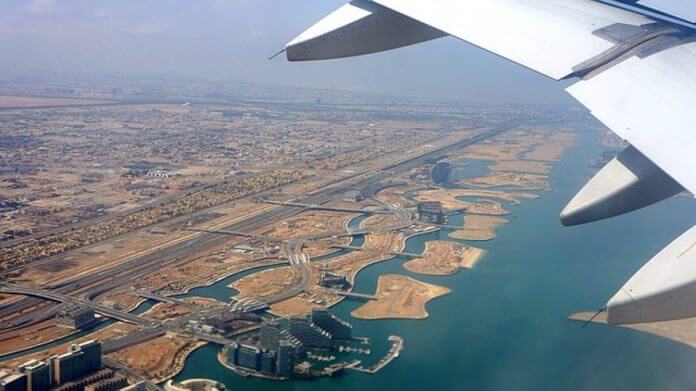The tourism and travel industry generates almost 10% of the total GDP across the globe, is one of the biggest employers, and is near the top of the fastest growing sectors of the economy. Of course, the translation industry is never far behind – they are closely linked, for obvious reasons.
Travel and tourism comes with a unique set of difficulties that require the specific skills of the translation industry; travel offices are located in every city around the world, deal with people from different countries and speakers of different languages on a daily basis.
Connecting with audiences can be complicated when you are dealing with such a wide variety of customers and their unique requirements.
However, the solution lies within the translation industry and its ability to link companies with their target audience through their linguistic skills.
The following points have been designed to assist travel and tourism companies, who wish to broaden their customer base, learn how to attract new business and appeal to a multi-lingual customer.
Right Place, Right Time
Your success in the travel and tourism sector will depend upon your customers’ ability to find you. If your business is in the right place, at the right time, you are in with a good chance.
To effectively promote your company in any location around the globe, you’ll need to understand your customers’ requirements, devise a solution, and communicate this successfully with them – you will need to understand them and they need to understand you.
The ability to travel more widely, and the advances in technology and communication, have led to a rise in travel to far-flung places where the capacity to speak English may be limited. Locals and other foreign travellers can no longer be expected to speak English as a second language.
In order to communicate successfully with customers you will need to speak their language.
Translation of websites, social media, information pages on travel sites, and so on, are vital to enable your company to be in the right place, at the right time.
Customers value a site that communicates directly to them, so by speaking their language you’ve crossed the first barrier in attracting more custom.
The Translation and Travel Partnership
These two industries have long been connected.
The travel and tourism industry generates beautiful websites, magazines, brochures and adverts that contain information on a multitude of places, locations, and tours in a bid to entice customers to book holidays, excursions, and trips through them.
This marketing is often completed using photographers, copywriters, and marketers who are at the top of their game. However, in order to appeal to customers from all around the globe it is vital to translate this content so you can appeal to a multi-lingual audience.
Cross-cultural communication at the highest level is essential to the success of global campaigns and marketing strategies. This means that translation alone is not enough to entice customers.
To tempt multi-lingual customers in the tourism sector, it is essential that websites and promotional materials are localised for maximum ROI.
Localisation and Tourism
At its most basic level, translation is the process of changing words from one language to another. However, basic translation often lacks depth for a native speaking comprehension. For instance, local phrases, idioms, nuances, humour, and lexical choices are not altered within a standard translation and can therefore, be lost in translation.
Localisation gives a greater depth and understanding to translations by using native speaking translators, and adjusting content for each location, culture and target audience.
Changes such as, date formats, currency, colours, font styles, images, and graphics should all be localised for each region and every new audience. Failure to take this vital step can lead to loss of business, the risk of offending customers and possible embarrassment. For example, an English travel brochure might show women in bikinis on a beach, however, for an Arabic brochure, all women should be appropriately clothed and covered for a predominately Muslim audience.
Localisation will guarantee your message is conveyed in a clear, concise, and appropriate way. Customers will value your approach and learn to trust your brand through their understanding.
Translation for Travel and Tourism
Translation and localisation within the travel and tourism industry can challenging. Adapting content to fit diverse perspectives and cultures can be problematic due to differences in interpretations. For instance, English travellers prefer aesthetic, emotional compositions, while Spanish customers prefer detailed information with facts and figures.
Cultural differences must be thoroughly understood before attempting to localise content for a specific audience – failure to do so can be time consuming and costly.
Tourism websites, holiday brochures, travel blogs, marketing pamphlets and so on, should be localised by a professional translation team, enabling you to feel confident in their ability to translate your message directly, and accurately, to your target audience.
Whenever possible ensure that native speakers are used by your translation team, and check that all editing is completed with the same guidelines.












